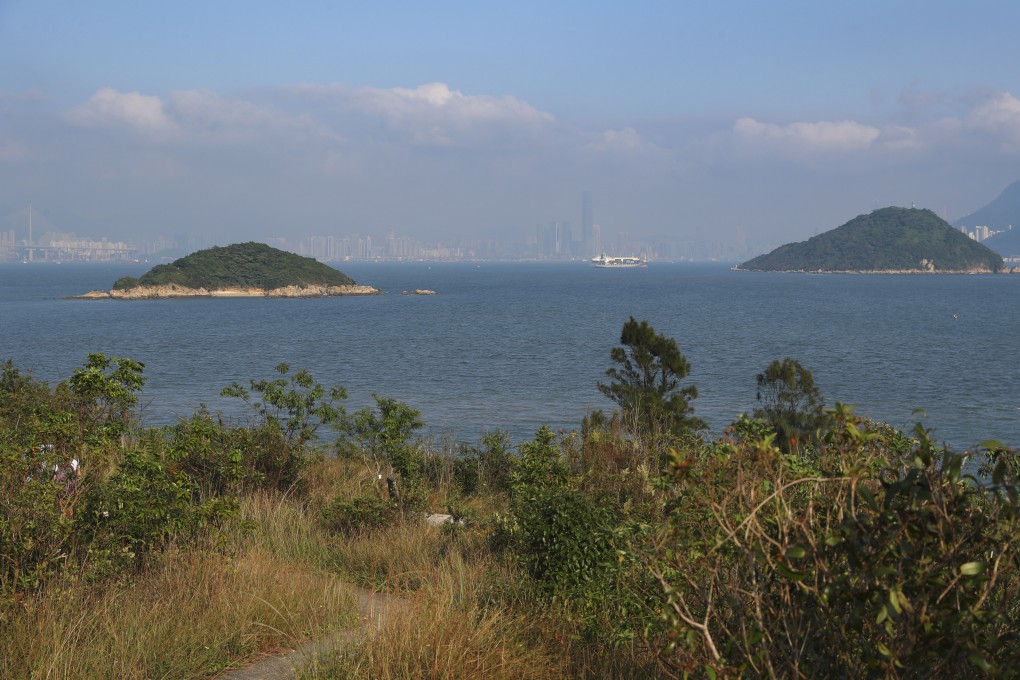Letters | How technology can help Hong Kong use ocean resources sustainably
- Readers discuss how advanced technologies such as the geographic information system can contribute to carbon neutrality strategies, and whether overseas conferences for academics are a perk the planet can really afford

The ocean plays an important role here as the seabed has twice the capacity of soil on land to absorb carbon emissions. However, our understanding of the sea is very limited, even amid increasing activity in the ocean, such as extraction of sand and gravel for construction or dredging for wind farms in recent years.
To better use ocean resources and formulate an effective zero-carbon emission strategy, more countries have been using advanced technologies such as the geographic information system.
One example is the Belgian project, Transnational and Integrated Long-term Marine Exploitation Strategies, which uses a 3D voxel model to record and detail the subsurface of the Belgian part of the North Sea. Information on seawater temperature, dissolved oxygen and salinity, and data from various sources, including sonar, satellites, submarines and underwater cameras, can be incorporated into the 3D model. The detailed images of the distribution of different sediment types and their geological settings help the sustainable extraction of offshore sand in the North Sea for coastal maintenance and industrial use, and better conserve the ecosystem simultaneously.
In Singapore, the Maritime and Port Authority has developed a single information platform for marine, coastal and land data with input from 11 government agencies, and built a virtual twin of the country’s marine and coastal space called GeoSpace-Sea. With data presented in 2D and 3D formats, GeoSpace-Sea enables monitoring of coastal and ocean activities in real time, and facilitates planning for land reclamation, submarine cables, shipping fairways, conservation of marine biodiversity, and more.
Currently, Hong Kong is planning land use of the proposed artificial islands of 1,000 hectares around Kau Yi Chau. In the technical feasibility study on the priority road and railway links connecting these islands, I suggest using a geographic information system as a single source of truth to coordinate data from all parties, and using voxels to record the details of the marine space to improve efficiency and save costs. The visualisation enabled by such a system can also illustrate the rationale for land reclamation so as to allay public concerns.